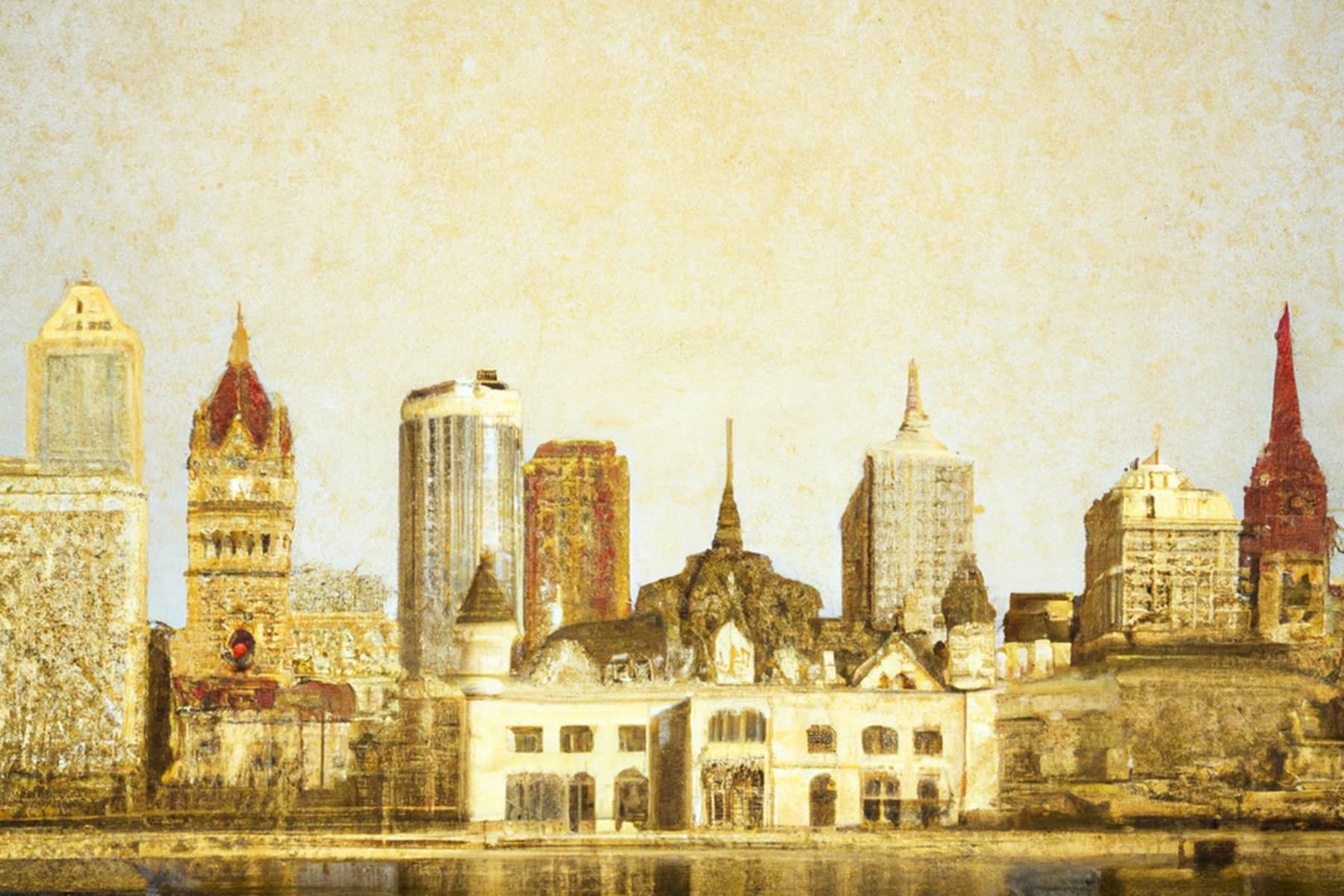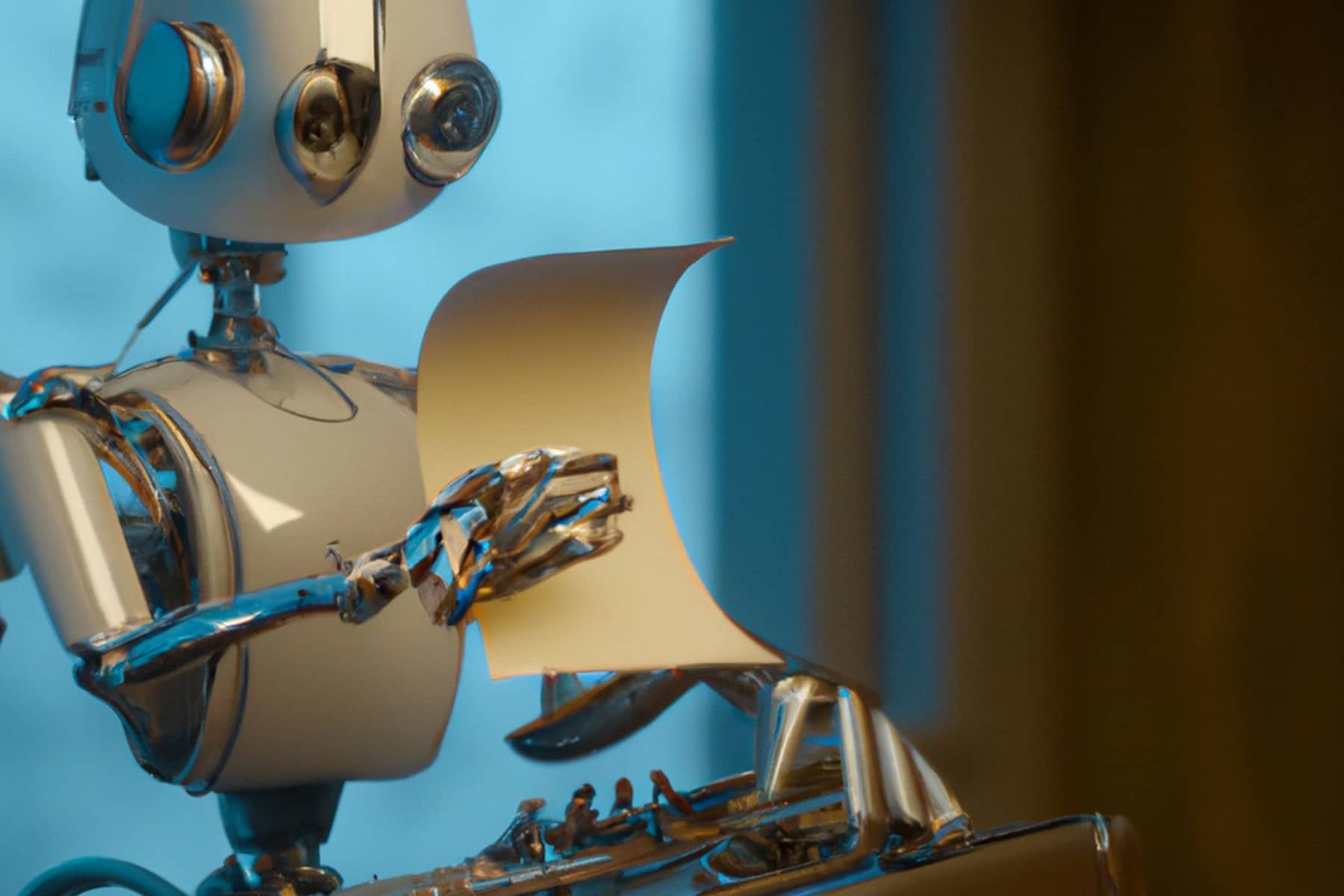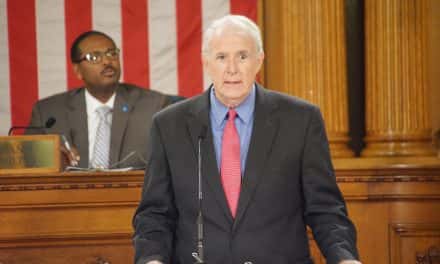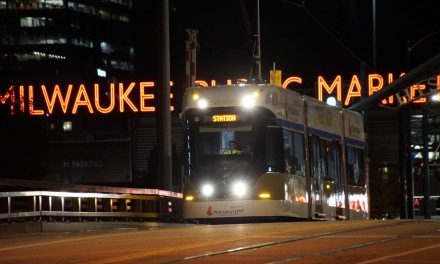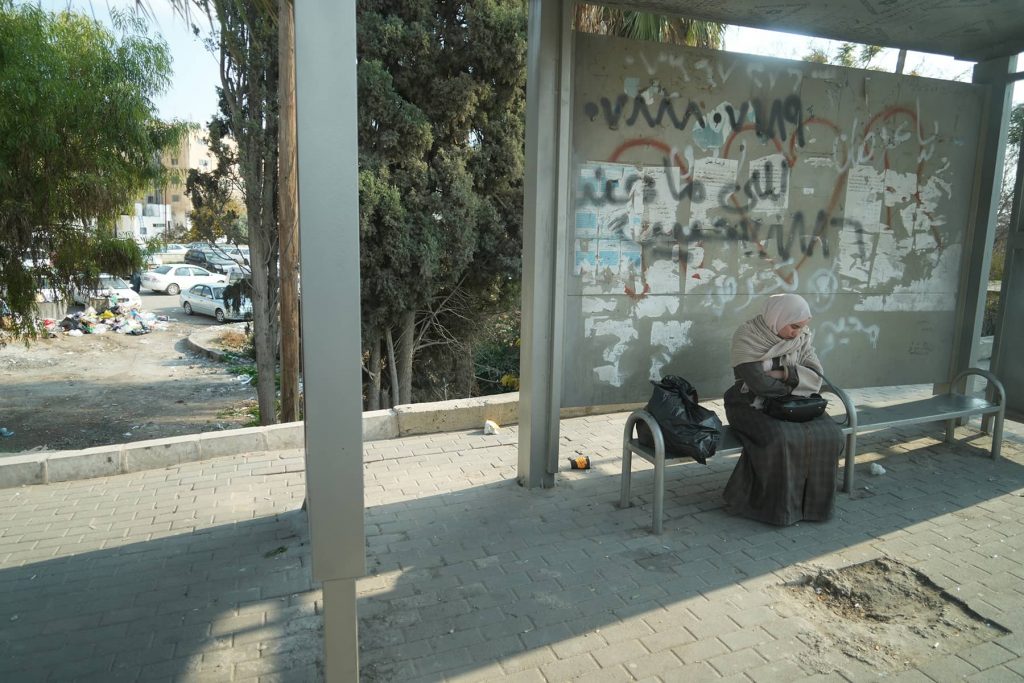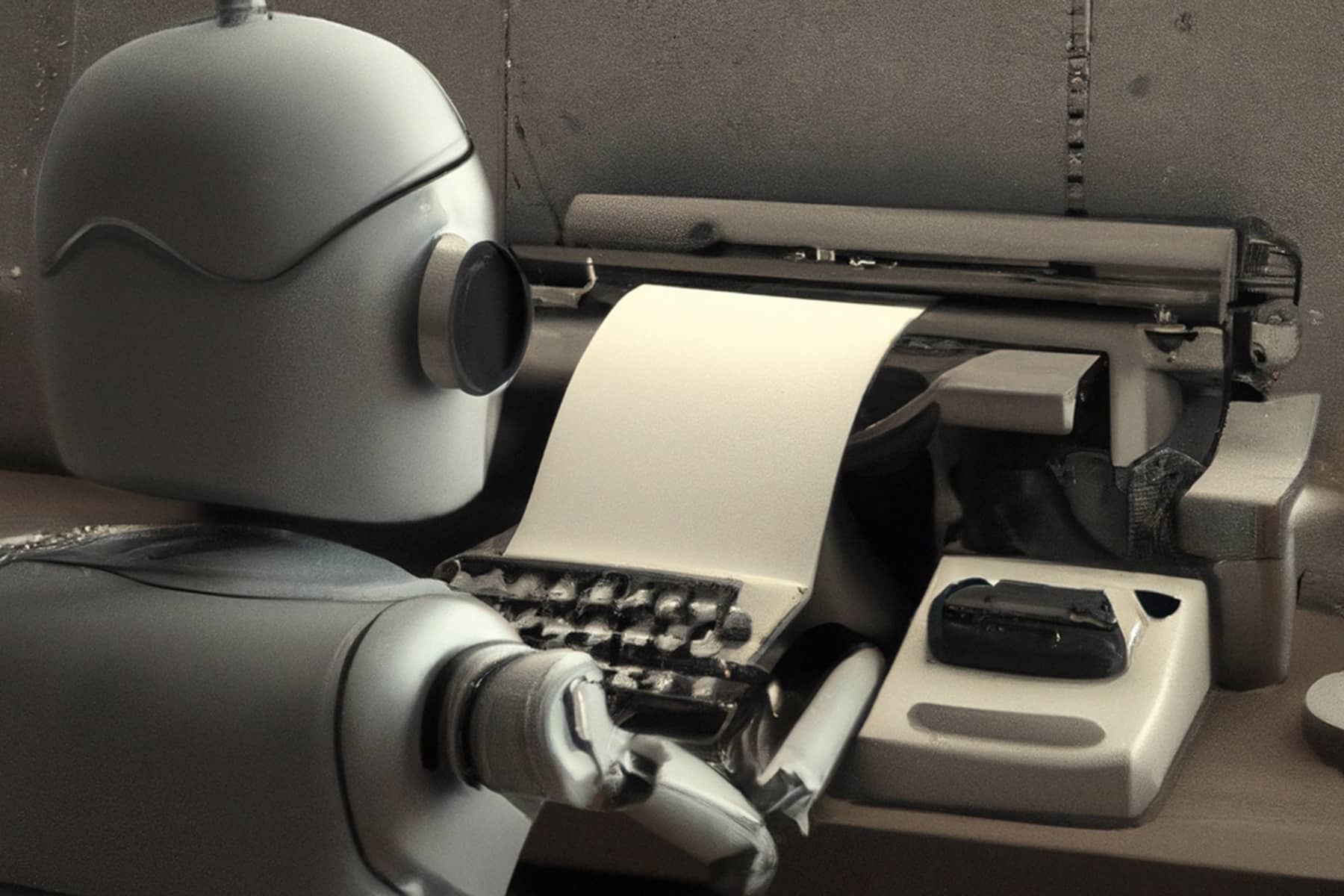
DISCLAIMER: April Fools' Day Parody Special
The content for this article was generated by OpenAI’s ChatGPT program in the parody tradition of April Fools’ Day.
In a bold move that has sent shockwaves through the media industry, a Milwaukee-based news organization has announced that it will be laying off all of its human journalists and replacing them with artificial intelligence (AI) software to write news stories.
The decision was made by the management team of the news organization, who cited the high cost of human labor and the increasing demand for fast and accurate news reporting as the reasons behind the move. The AI software is expected to be able to produce news stories faster and more efficiently than human journalists, and at a fraction of the cost.
The move has sparked controversy and concern among the community of journalists and media professionals, who worry that the use of AI to replace human reporters will lead to a loss of quality, depth, and accuracy in news reporting.
“This is a sad day for journalism,” said one local reporter who wished to remain anonymous. “The use of AI may make news reporting faster and cheaper, but it will never be able to replace the human insight and understanding that comes from years of experience and research.”
The news organization’s management team has tried to reassure the public that the AI software will be programmed to adhere to ethical and journalistic standards, and that the stories it produces will be rigorously fact-checked and edited by human editors.
“We understand that there is a certain amount of skepticism and concern about this move,” said a spokesperson for the news organization. “But we believe that by using AI technology, we will be able to deliver news stories faster and more efficiently than ever before, while still maintaining the high standards of quality and accuracy that our readers expect.”
The use of AI in journalism is not a new phenomenon, but this move by the Milwaukee news organization is one of the most dramatic examples yet of the growing trend towards automation and digitalization in the media industry. As AI technology continues to evolve and improve, it remains to be seen whether it will ultimately be a boon or a threat to the future of journalism.
The news organization, which has not been named, is also considering a shift from traditional photojournalism to AI-generated images. Advocates of AI-generated art argue that it can produce images faster, more accurately, and with less bias than traditional photojournalism.
AI-generated art is created using neural networks, which are trained on large datasets of images. The networks learn to identify patterns and features in the images and then use that knowledge to generate new images. These images can be highly realistic, but they are not limited by the constraints of reality. This means that AI-generated art can create images of things that do not exist or images that are impossible to capture with a camera.
One of the main advantages of using AI-generated art in news reporting is speed. AI-generated images can be produced in seconds, compared to the hours or even days it can take to capture, process, and edit a photograph. This means that news organizations can report on breaking news events much faster than before and can provide their readers with more up-to-date information.
Accuracy is another important factor in the shift towards AI-generated art. AI-generated images can be created without the bias that can creep into traditional photojournalism. AI-generated images are not influenced by the photographer’s emotions, political views, or personal beliefs. This means that the images are more objective, and readers can trust that they are seeing an accurate representation of the event.
According to a spokesperson for the organization, “We are considering using AI-generated images in our news reporting because it can be produced much faster than traditional photography, and it is more objective.”
Furthermore, AI-generated art can provide a new perspective on events, as it can create images that are impossible to capture with a camera. As the spokesperson for the Milwaukee news organization explains, “AI-generated art can provide a unique perspective on events that traditional photography cannot capture.”
However, there are also concerns about the use of AI-generated art in news reporting. Critics argue that AI-generated images lack the emotional impact of traditional photographs. AI-generated images may also be too perfect, lacking the imperfections that make traditional photographs so powerful.
As one photojournalist explains, “Traditional photographs have an emotional impact that AI-generated images cannot match. The imperfections in traditional photographs can tell a story and give us a deeper understanding of an event. AI-generated images lack these imperfections.”
ShutterStock AI
With the exception of this message, all of the content generated for this article came directly from OpenAI’s ChatGPT. No edits were made to the original text, but a human was required to merge the results from two questions required to produce this single story. The artwork used for the interview was also completely AI generated. This feature was produced in the spirit of April Fools’ Day.

